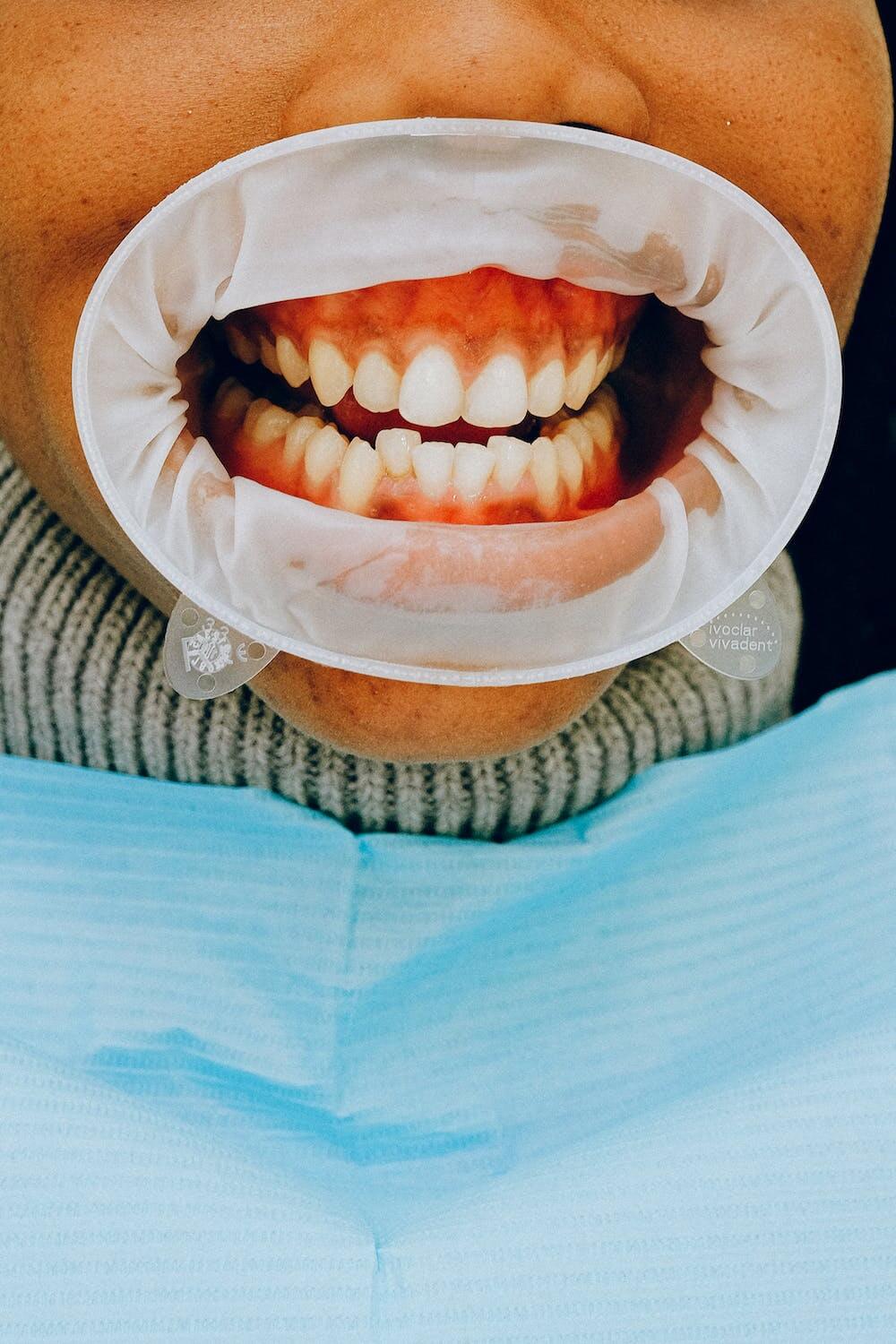Gum disease is a very common condition in which the gums become swollen, sore or infected. Many adults experience gum disease to some degree, and most people experience it at least once in their lives. However, gum disease is less common in children. Though many adults may experience gum disease, and in some cases it won’t be severe, it is still important to get it checked by a dentist.
Signs of gum disease may include bleeding when you brush or floss your teeth, bleeding when you eat harder foods like apples and swelling or soreness on the gums. If not treated, gum disease can lead to both minor and major health problems. Keep reading to find out more about what gum disease is, what it can lead to and how to prevent it.
What Causes Gum Disease?
Gum disease is typically caused by a build-up of plaque on the teeth, which is a sticky substance that contains bacteria. Without proper removal of plaque on the teeth, it can build up and irritate gums, and ultimately, lead to redness with bleeding, swelling and soreness (all signs of gum disease).
However, gum disease can be caused by a number of other factors but poor oral hygiene is the most common cause.
Who Is the Most At Risk of Gum Disease?
Poor oral hygiene is one of the main causes of gum disease, nevertheless, there are also a number of other factors which can increase the chances of developing problems with gums. For example:
- Smoking
- Age (gum disease becomes more common the older you get)
- Diabetes
- Pregnancy
- Weakened immune systems
- Malnutrition
- Stress
Certain medications are also known to cause dry mouth and heighten the risk of gum disease, such as some antidepressants and antihistamines.
How Is Gum Disease Treated?
The ultimate way to both prevent and treat gum disease is by practising good oral hygiene. However, additional dental and medical treatments may be necessary in some cases of gum disease.
What type of treatment is used will depend on the stage of the gum disease, the patient’s overall health and whether or not they have undergone previous forms of treatment and how they responded to these.
Dentists, before prescribing treatment, will take a look at your teeth and gums and will possibly take an x-ray of your jaw bone and teeth.
Early Stage Treatment of Gum Disease
During the early stages of gum disease, your dentist will likely provide advice on how to practice good oral hygiene. Good oral health can help prevent and treat certain cases of gum disease. It involves:
- Brushing the teeth for 2 minutes each morning and night (whether you use a manual or electric toothbrush)
- Using toothpaste which contains a decent amount of fluoride (a natural mineral which helps protect against tooth decay)
- Flossing regularly before brushing teeth
- Visiting the dentist regularly (at least twice a year where possible)
Dentists will also likely advise patients that smoke to stop smoking, and to also visit a hygienist who will clean their teeth. These are also referred to as “professional cleans” which include a scale and polish of your teeth. Professional cleans by hygienists will remove tartar build-up on your teeth, and will include scaling and polishing the teeth.
A dental hygienist, or dentist, will scrape the plaque and tartar away from your teeth using special tools and then polish your teeth to remove marks or stains. But, if there is a large build-up you will probably need more than 1 scale and polish.
Treatment for Later Stage Gum Disease
Gum disease, if left untreated, can lead to further complications and will usually require more “intense” forms of treatment. For instance, you may be required to undergo root planing. This is a treatment which includes a deep clean under the gums which removes bacteria from the roots of the teeth. Before the treatment is started, patients may need to have a local anaesthetic to numb the area. Patients may experience some mild pain and discomfort for up to 48 hours after the treatment.
Other patients, however, may simply be required to take antibiotics to help their gum disease symptoms. Meanwhile, others may need to undergo surgery. Surgery is usually needed when the tissue surrounding the teeth cannot be repaired by nonsurgical options. Types of gum surgery include flap surgery (where dentists will lift back gums and remove tartar), bone graft surgery, soft tissue grafts, guided tissue regeneration and bone surgery.
Gum Disease Complications
If gum disease is left untreated, then it can lead to further health complications. There are a variety of diseases or conditions you may develop as a result of neglecting symptoms of gum disease. For example, you may develop:
Gingivitis: A mild form of gum disease (also known as periodontal disease). If this is developed and plaque/tartar are not removed, this may worsen and lead to periodontitis - which, if this is left untreated can lead to -
- Recurring gum abscesses
- Damage to the periodontal ligament
- Damage to (and possible loss of) bone in the jaw which contains sockets of the teeth (alveolar bone)
- Receding gums
- Loss of teeth
- Loose teeth
Gum disease has also been associated with an increased risk for a number of other health conditions, such as:
- Cardiovascular disease
- Lung infections
- Premature labour and having a baby with a low birth weight (if you're affected during pregnancy)
How to Prevent Gum Disease?
Gum disease symptoms can often be overlooked, or might appear minor. However, being aware of the common signs of gum disease and having regular dental check-ups while following a good oral hygiene routine will maximise your chances of preventing gum disease. In addition, following these steps will also help early detection of gum disease.


 71–75 Shelton Street, Covent Garden, London, WC2H 9JQ
71–75 Shelton Street, Covent Garden, London, WC2H 9JQ +44 (0) 20 3376 1032
+44 (0) 20 3376 1032



